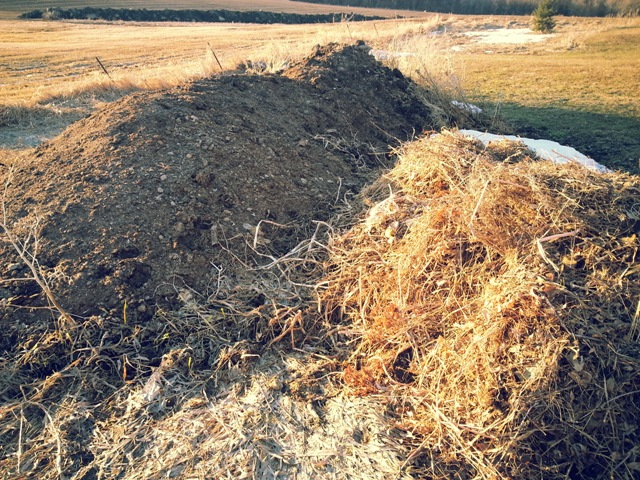Composting Horse Manure

Horses give their owners a lot of joy – and a lot of waste. One horse can create more than 8 ton of manure per year – and that doesn’t include the soiled bedding or uneaten feed! So what do you do with all that waste? If your horse is stalled or in a small paddock, chances are you have, somewhere on your property, a large pile of what your horse has left behind. But is that pile working for you? Is it heating, decomposing and turning into rich organic matter that you can add to your yard or garden, or sell to your neighbors? Composting can help turn that pile of waste into a manageable cache of valuable nutrient matter.
Why Compost Horse Manure?
Compost has numerous benefits, including:
- Fly control
- Odor control
- Reduced runoff
- Less chance of worm re-infestation
- Improved relationships with your neighbors (refer #1 and #2!)
How to Compost Horse Manure
- To get started composting, you want to pick your site. An ideal site is one that is dry and relatively close to your stall or paddock (to make your work easier).
- Once you’ve selected your site, you can start adding your material. Straw, shavings, manure, left over hay can all go into the compost pile.
- For the pile to heat appropriately, it needs to be at least 3 ft. square.
- Keep your pile about as damp as a wet sponge on a continuous basis. You can water the whole pile with a garden hose periodically or water each wheelbarrow load that you add.
- Ventilation is important. You can turn your pile by hand, but this becomes a real chore as your pile grows each day. Consider placing PVC “chimneys” in the middle of the pile instead. These are lengths of PVC pipe placed vertically with small holes drilled along the length. This will encourage air flow through the pile.
You may want to have more than one compost pile going at a time. One pile could be the one you add to daily, while the second is a completed pile that is resting and decomposing.
How do you know it’s done?
Once your pile reaches the desired size, you want to rest it for a time so that it can completely breakdown. Exactly how long to let it rest will depend on the size of your pile, as well as the season and climate. An average size pile in the warm summer weather may take 2 – 3 months to decompose completely, while the same pile may take up to 5 months in the winter when temperatures are colder and decomposition is slowed. Your composting is complete when, after the allotted amount of time, the material in the pile is crumbly in texture, has an “earthy” scent, and no longer resembles the original material in any way. This rich organic matter is a great soil amendment; you can apply it to your garden or yard, or sell it to help fund your horse habit!
There are lots of great resources for composting. If you’d like more information, you can contact your local extension office or conservation district.
Ready to ensure your horse is getting the optimum nutrition at feeding time, every time? Find the perfect feed formulated specifically for horse’s needs with our Feed Selector Tool.
